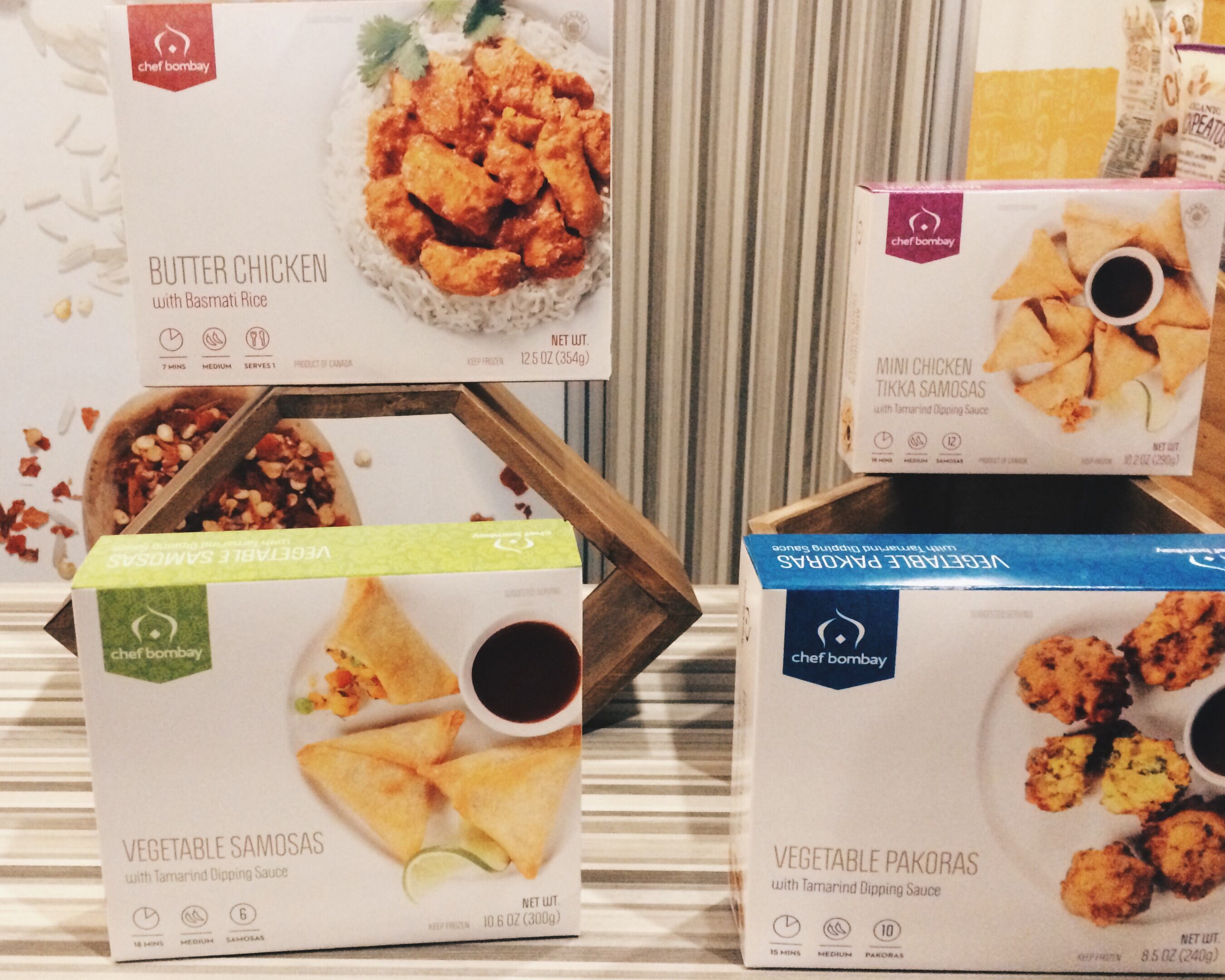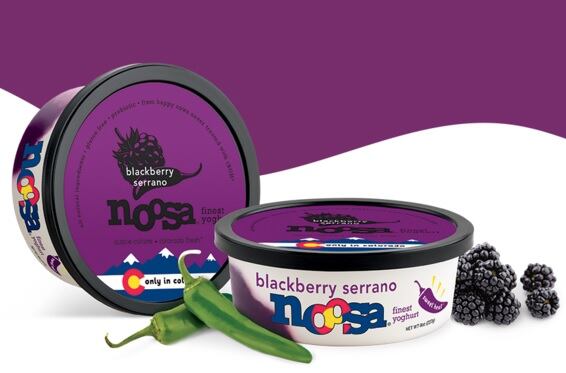It’s one thing to read trend predictions on the Americans’ increasing embrace of spiciness, and it’s another thing to see the expanse of sauces, snacks and even yogurts available for Americans to test their tongues at Expo West 2016.
“Indian food is becoming very popular with more North Americans,” Noorudin Jiwani, president and CEO of Edmonton-based Chef Bombay told FoodNavigator-USA. The family-run company started more than a decade ago, a time when “many people didn’t know what a samosa was, and we had only one chili level,” Jiwani said.
Samosas to Pakoras
But throughout it’s nearly 16 years of existence, Jiwani noticed the embrace for spice heated up in the last few years. The company moved out of its 3000-square-foot facility into a 45,000-square foot one, yet everything is still done hands-on.
“For our products, there are no third-party manufacturers for anything, everything is done in-house,” Jiwani said—a lot of work for a company slowly expanding its portfolio.

Chef Bombay’s product line of frozen food today includes three varieties of samosas, chicken tikka masala with basmati rice, and a vegetable fritter called pakora, samples of which Chef Bombay’s staff needed to repeatedly explain (and replenish) at their booth at Expo West. Jiwani is confident it may one day gain the same familiarity North Americans have with samosas.
“[North Americans] are more well-travelled now,” he said. “I think they’re certainly enjoying it.”
Flavor-makers concur
Companies that create flavors, such as Sensient Technologies, concur that manufacturers are demanding spicy, now more than ever.
“The last two years is where we’ve seen demand for spicy to really kick in,” said Roger Lane, a marketing manager at Sensient. “It’s not enough to just label something as spicy. Manufacturers have to explain why it’s spicy.”
This is done by explaining what type of chili is used along with what it is paired with. “Consumers today want a complexity of taste,” Jean Shieh, another marketing manager at Sensient said.
A focal point of the flavor company’s booth this year was “Clean Label Capsicum,” Sensient’s selection of spiciness derived from plants.
Specificity is key
What the people at Sensient said can be seen on the market and on the exhibit floor. Take the yogurt brand Noosa, for example, that in January launched a flavor called “Blackberry Serrano” instead of, say, blackberry chili.

And an increasing awareness from North American consumers on the diversity of chili is giving entrepreneurs and brands more material to tell their stories and more room to confidently experiment.
For example, one new Colorado company, Yai’s Thai, is developing salsa made with Thai chilies instead of the usual poblano or jalapeno peppers, in addition to its selection of more traditional Thai condiments.
Then there’s Bandar Foods, whose conception revolved around the fact that there’s no equivalent to “Indian hot sauce” (a lot of dishes from the Indian subcontinent are spicy to begin with), that the two founders decided to make their own spicy condiments inspired by South Asian cuisine. At Expo West, they gave out samples of their “Spicy Mango” sauce, inspired by Indian mango chutneys.
As a testament to the enthusiasm its products have caused, Bandar Foods recently raised $2 million to increase distribution
“Regional tastes are also in popular demand,” Lane said. “[Manufacturers] now can’t just label something with ‘Asian,’ [consumers] want to know what country and sometimes even what region.”
